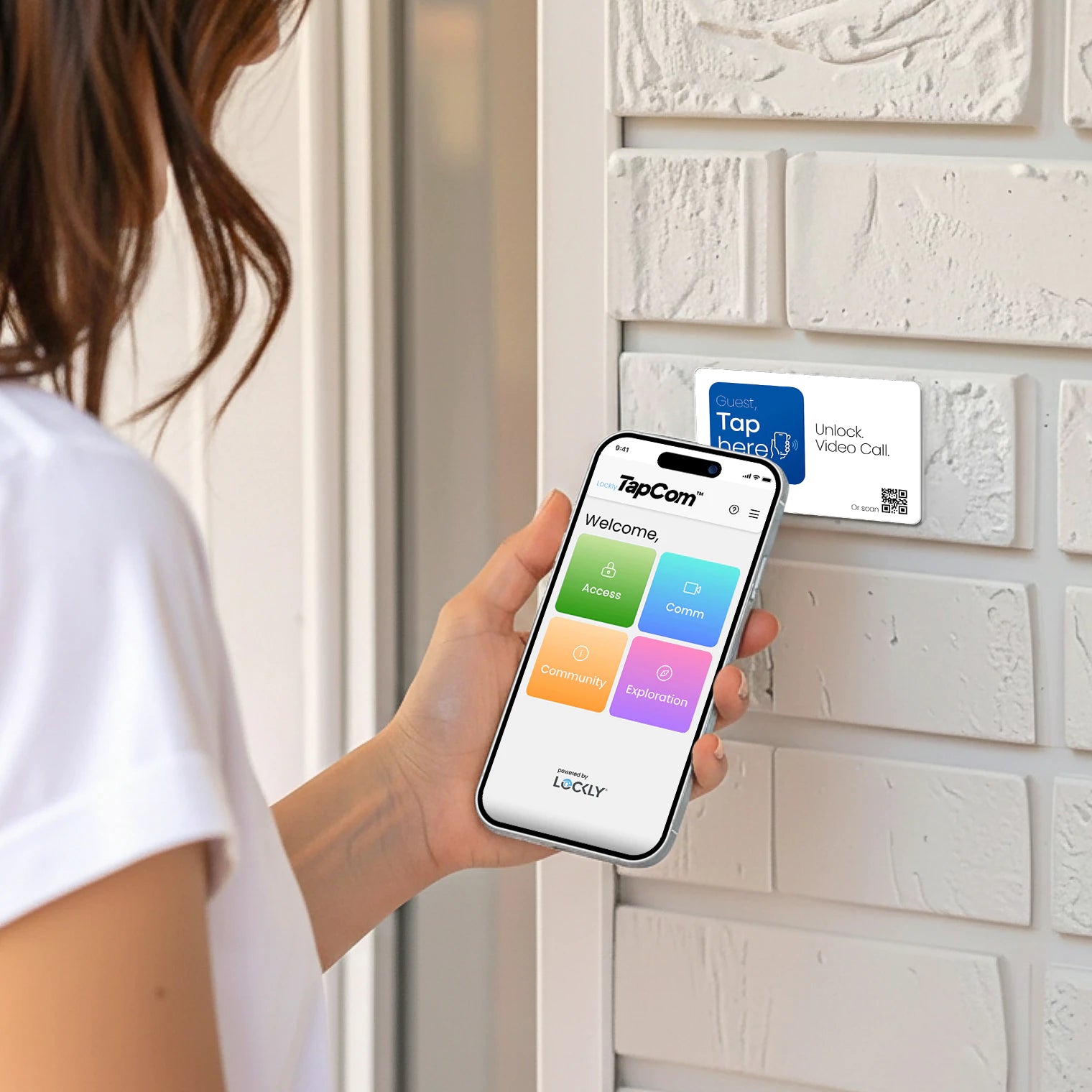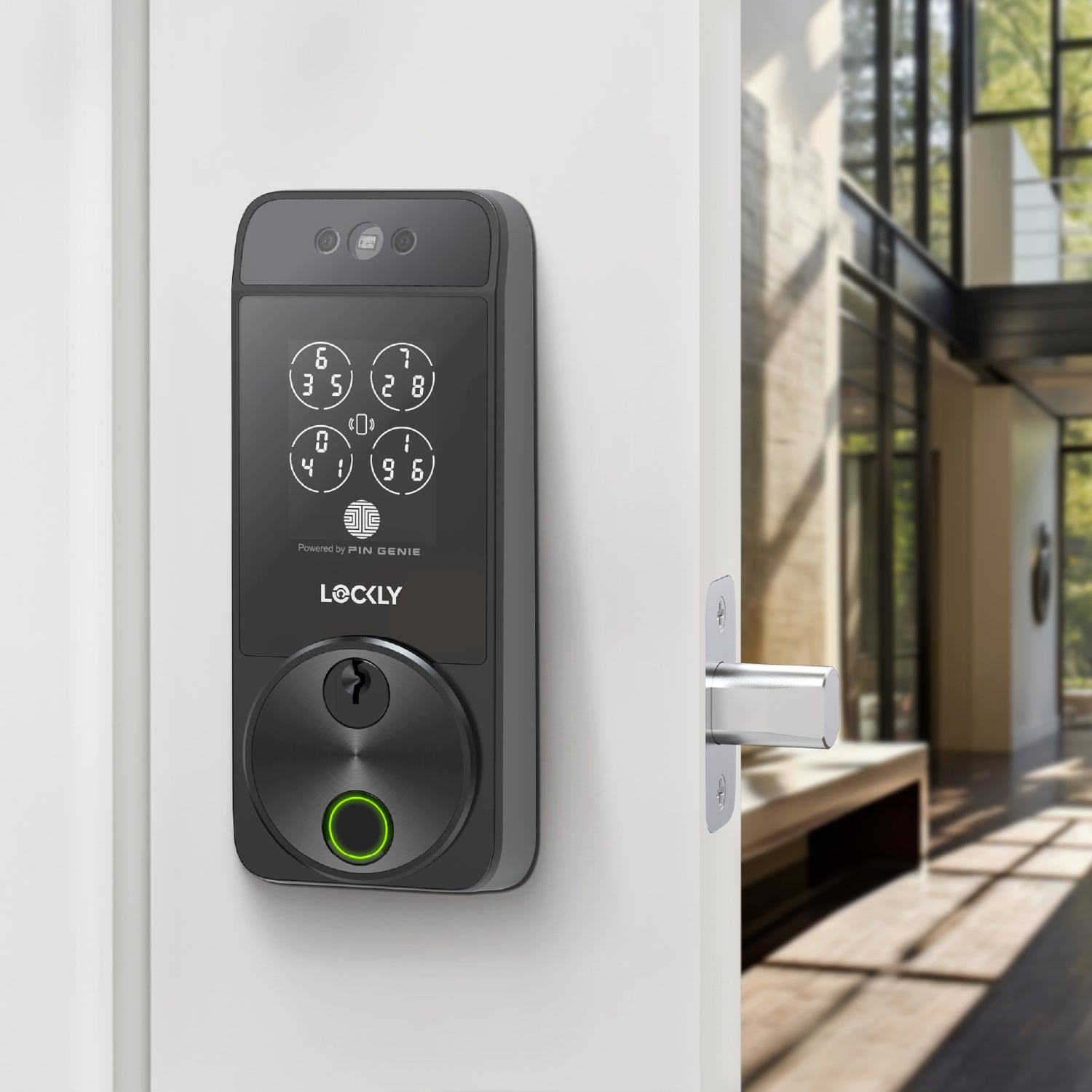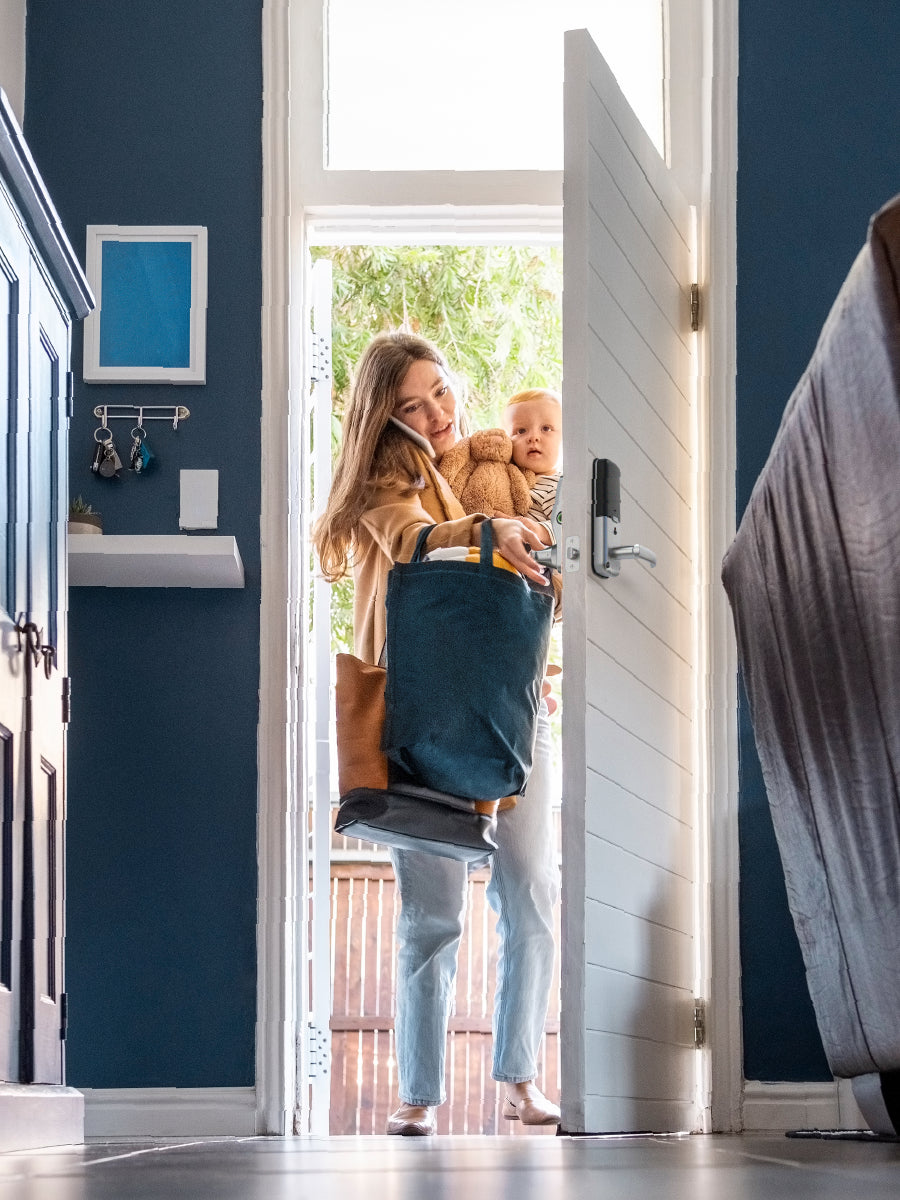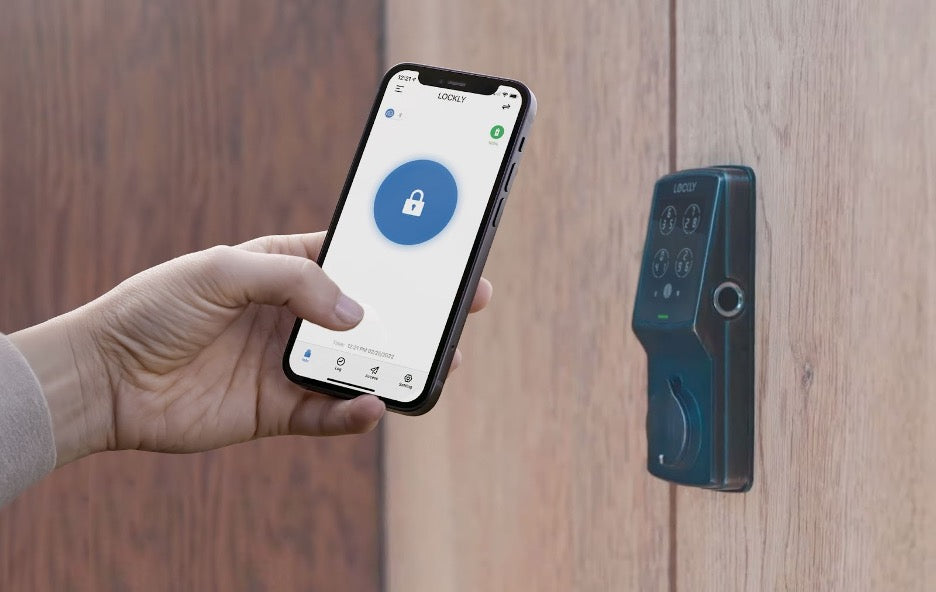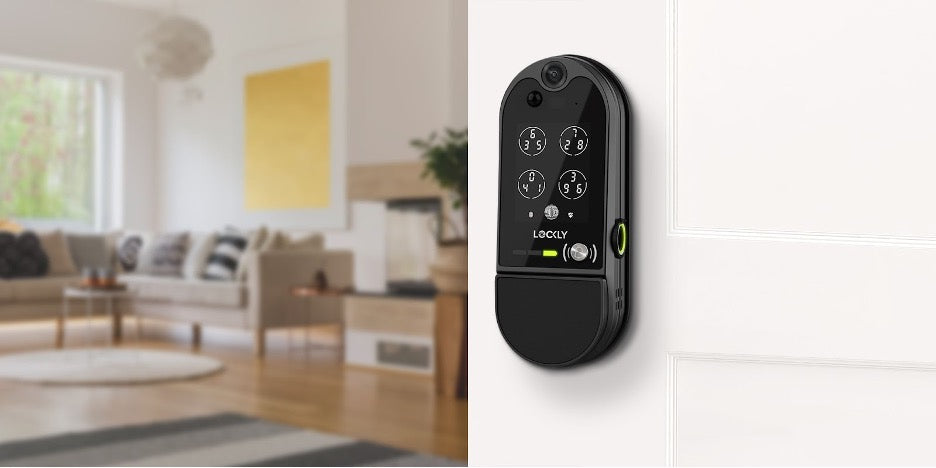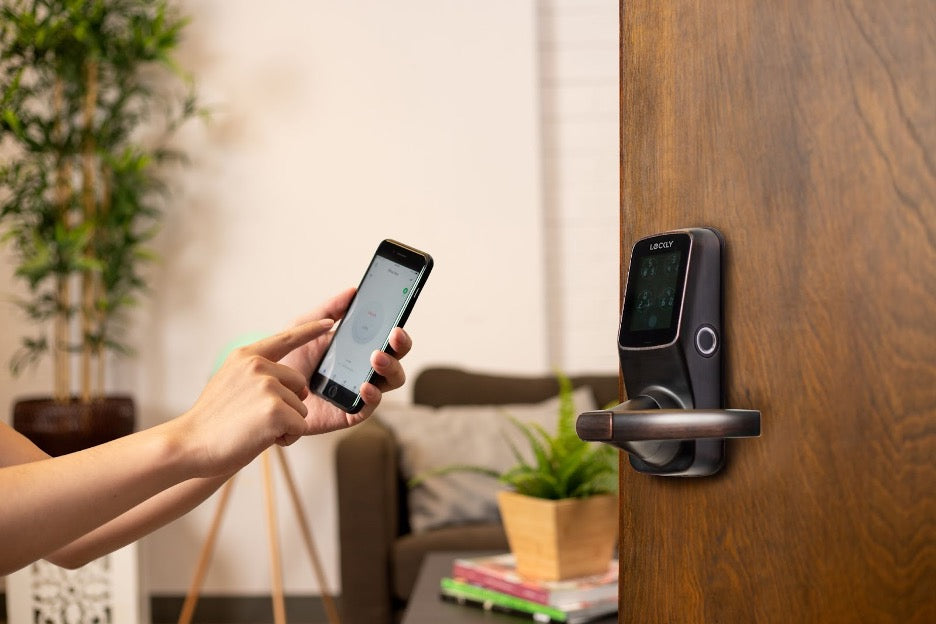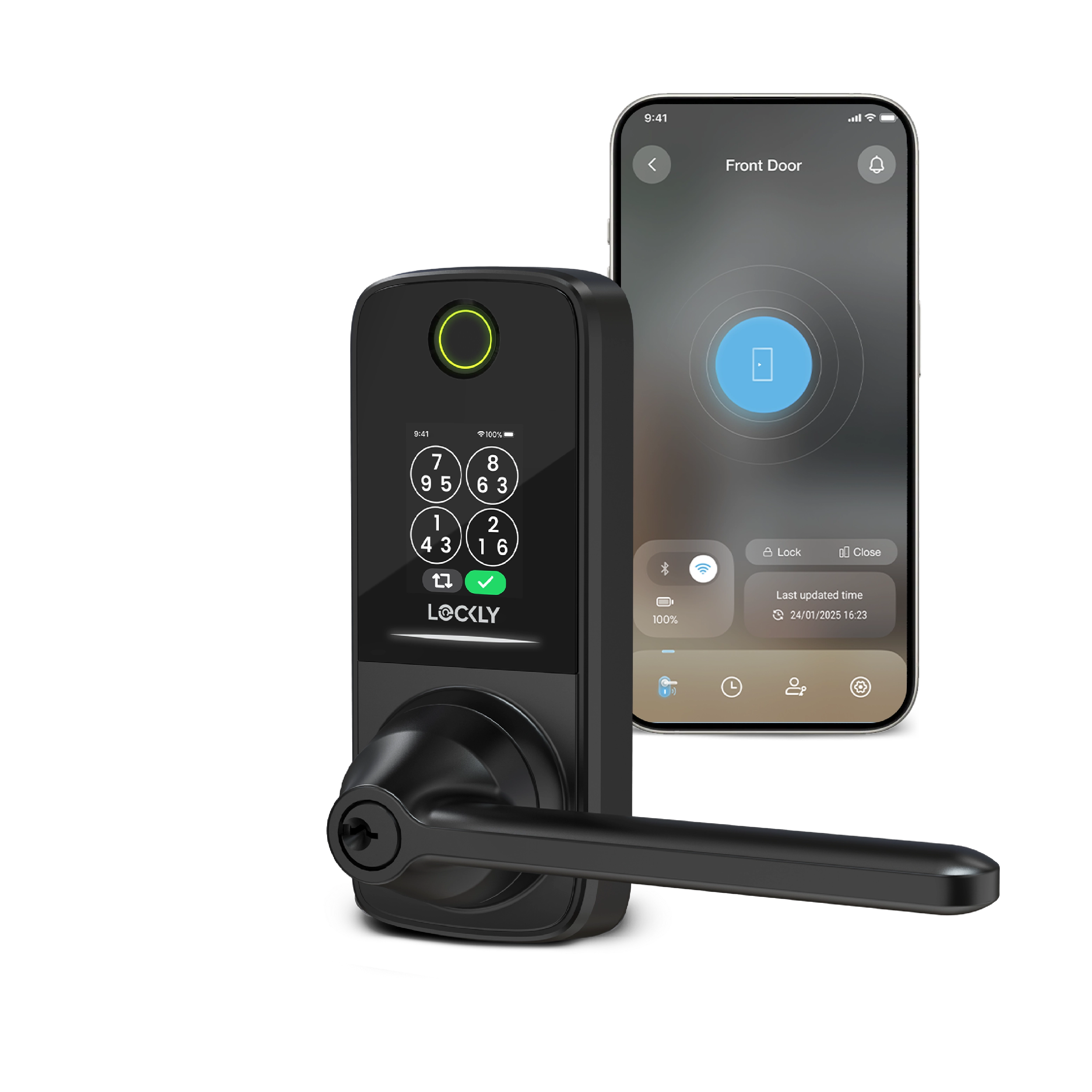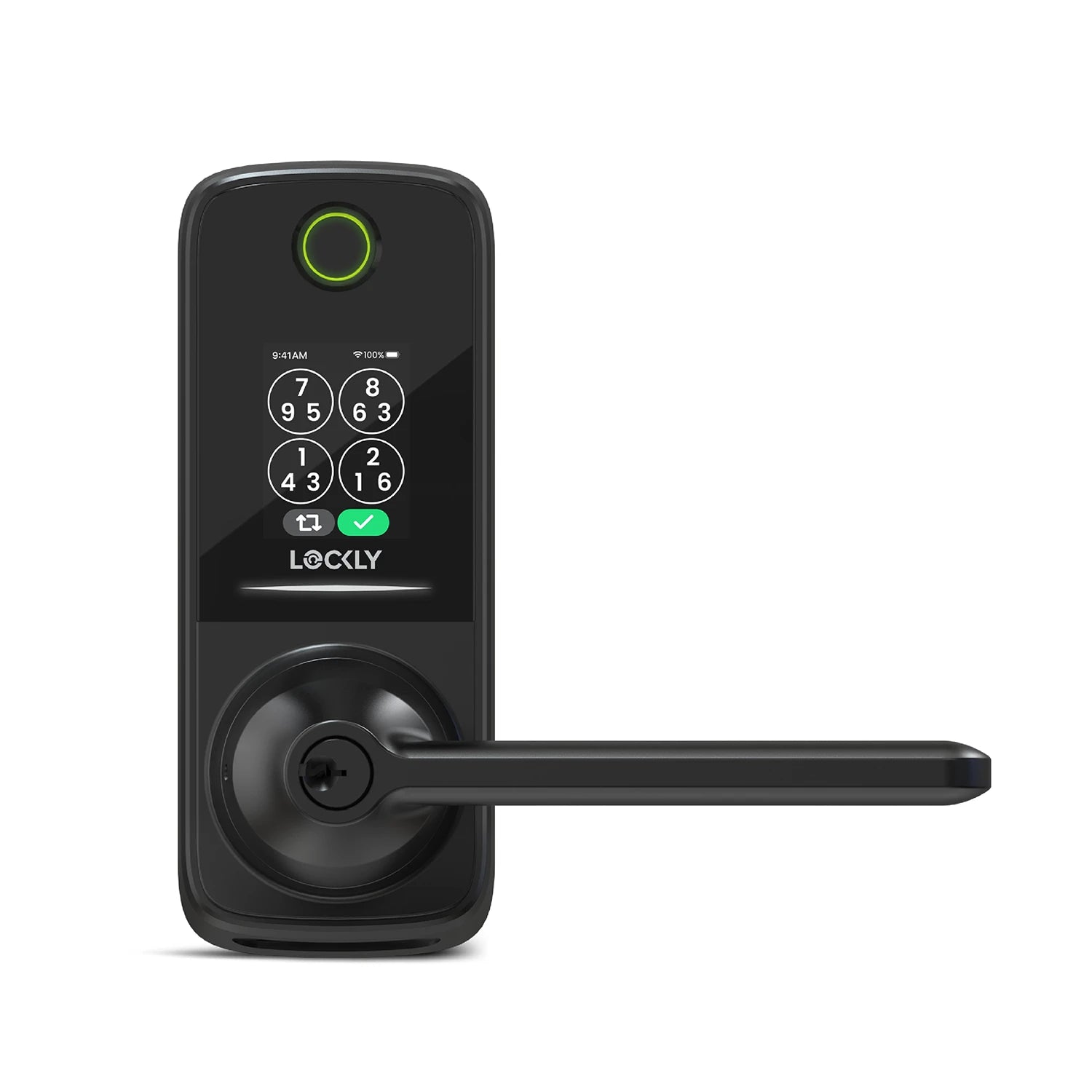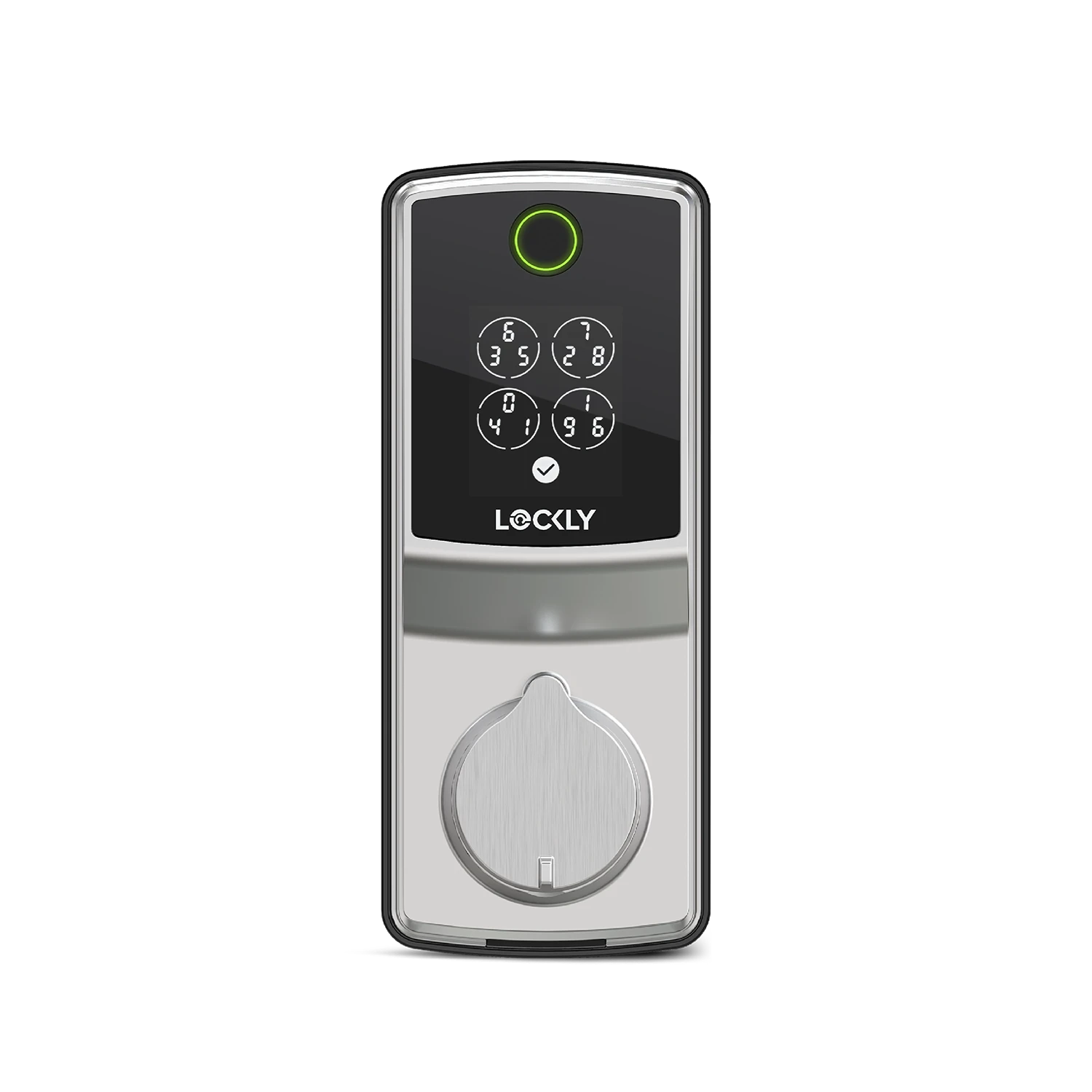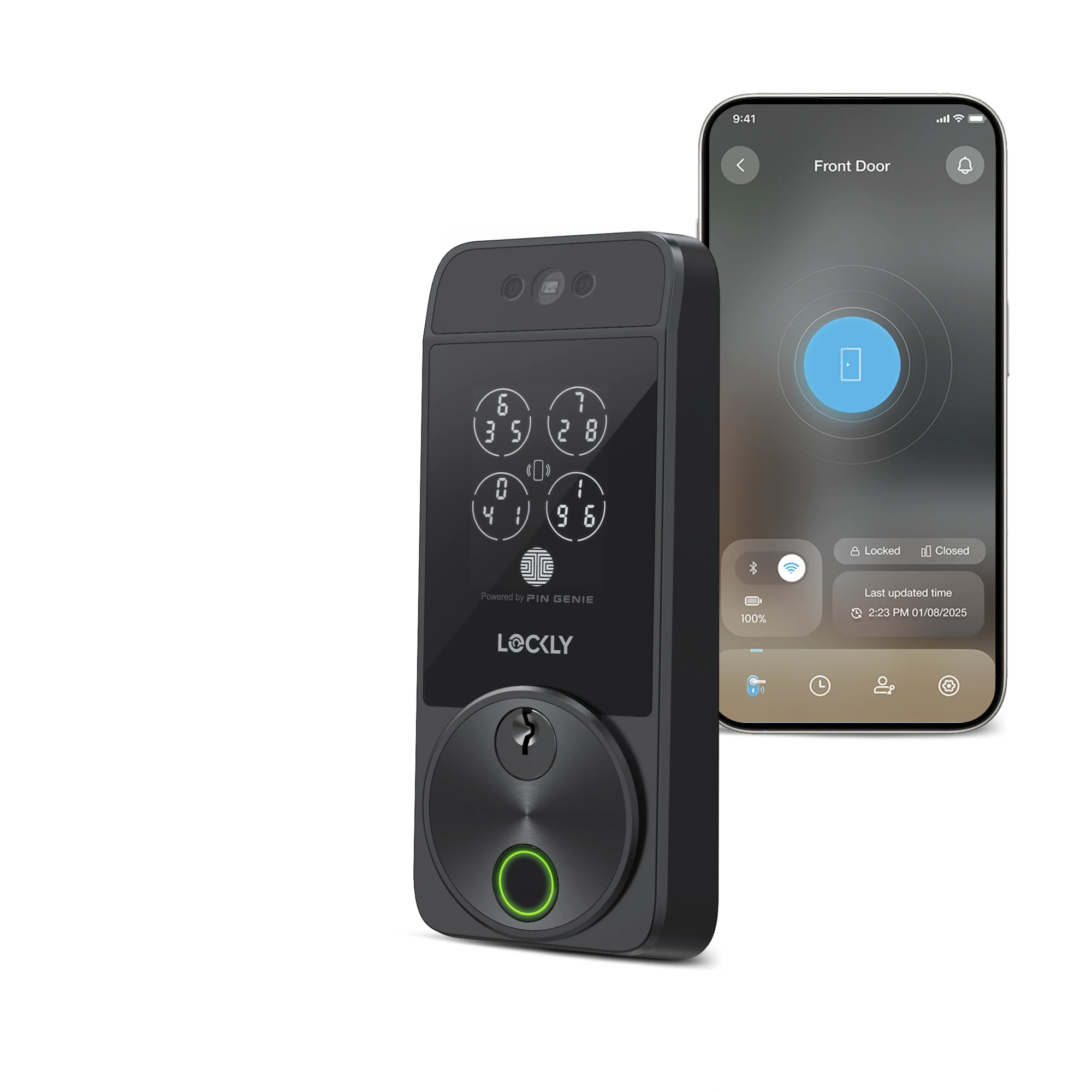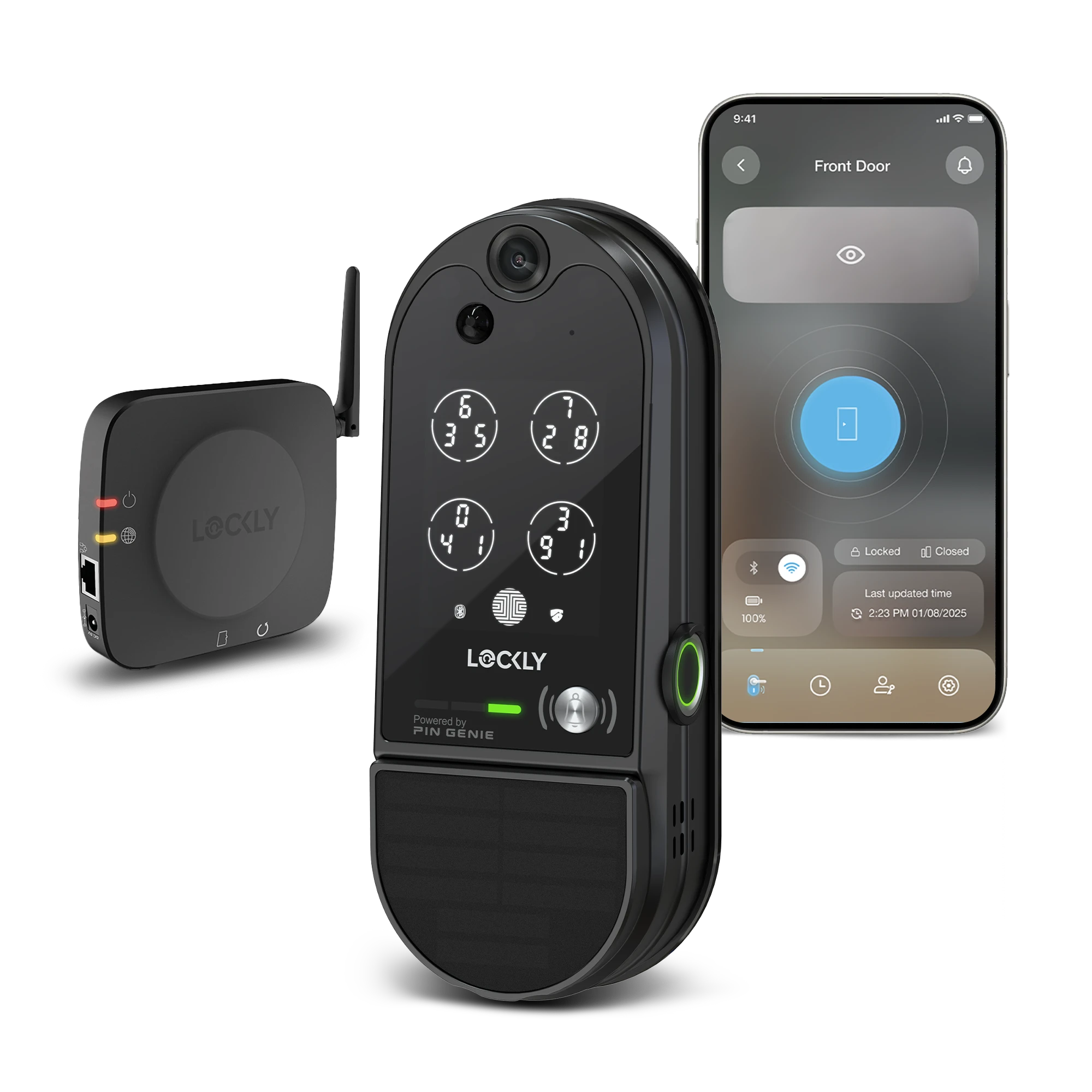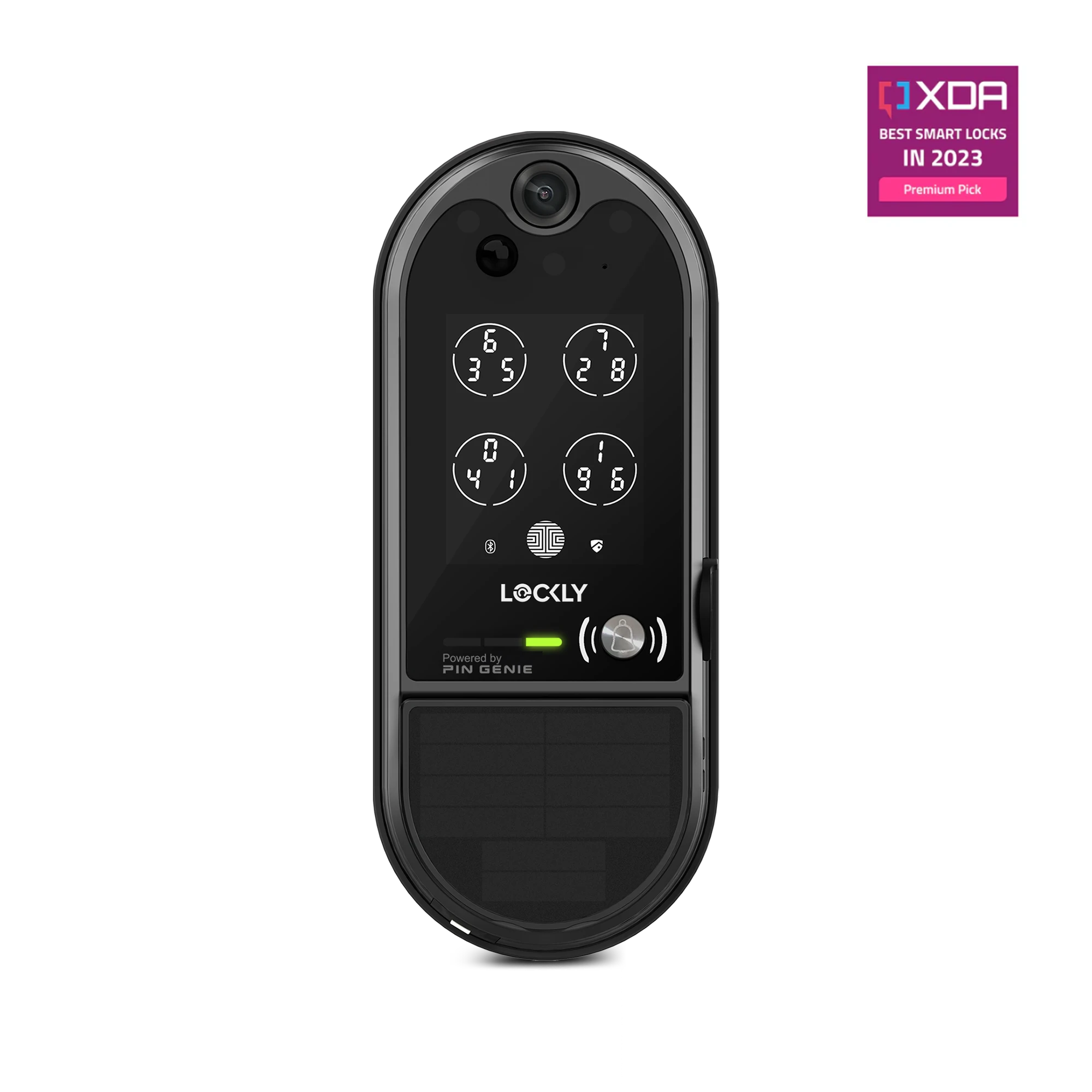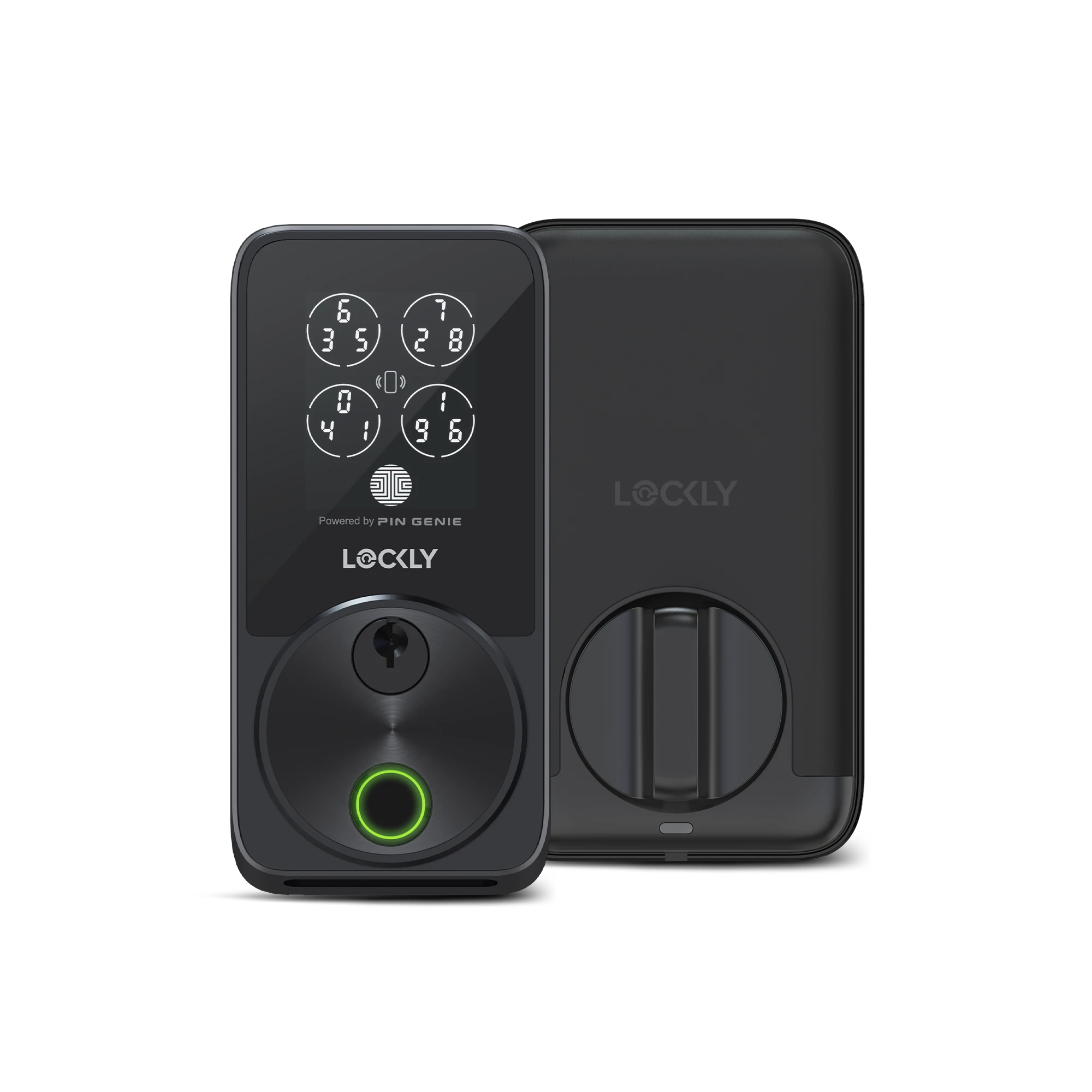With 360 million smart home users worldwide in 2023 (a figure set to double by 2028), it’s clear that the remote-operated, fully automated modern home has captured the imagination and aspiration of every homeowner. But how hard is it exactly to make your home a smart home? As with any project, it’s important to start with a clear plan of what problems you want smart tech to solve, and what benefits each device will deliver. Since there’s no barrier to entry, here’s how to design a smart home as a beginner.
Pick Your Protocol
In the ever-expanding realm of smart home technology, choosing the right protocol is a crucial first step. Half of US homes already have at least one smart home device, and they can be standalone or networked.
Before diving into the myriad of smart devices available, it's essential to decide which protocol aligns with your preferences and needs. Each major player—Alexa, Google Assistant, Apple HomeKit—comes with its own strengths and limitations. Consider factors like compatibility, ecosystem integration, and personal preferences as you make this pivotal decision.
One key benefit is hands-free convenience. Without leaving your couch, you can instruct your voice assistant to make a phone call, change the TV channel, lower the temperature, brew coffee, check your door status or evenlet someone in using your Lockly Smart Lock.
The Challenges of Multiple Protocols
The abundance of smart home protocols offers variety and choice but can also pose challenges, especially for those who venture into a multi-protocol environment. Juggling devices that operate on different protocols can lead to compatibility issues, fragmented control experiences, and potential security concerns. It's important to weigh the benefits of each protocol against the potential drawbacks to create a cohesive and reliable smart home ecosystem.
Matter: Bridging the Protocol Divide
As the smart home landscape continues to evolve, there's a glimmer of hope on the horizon—Matter. This emerging standard aims to unify smart home devices under a single, cohesive protocol. By addressing the challenges associated with multiple protocols, Matter promises to streamline device connectivity and enhance interoperability.

Selecting Smart Devices
As you might already know, smart home design starts with a smart lock. It makes sense to secure your access points before upgrading the interior. While adopting Bluetooth- and WiFi-enabled Smart Locks, including Lockly’s Video Doorbell Smart Locks, provides an immediate introduction to smart technology, it is equally imperative to inject the concept of future-proofing into your decision-making process.
In the fast-evolving landscape of technology, ensuring the longevity and reliability of your chosen smart home devices becomes paramount. Investigate whether the brand you intend to incorporate into your home is committed to keeping its products updated and future-ready. Startups or companies that neglect to add features to their initial product offerings might risk becoming obsolete overnight, rendering your once-smart device outdated. Instead, prioritize brands that demonstrate a commitment to ongoing innovation and updates, safeguarding your investment in a smarter, more secure home both now and in the future.
Lockly’s range of Bluetooth- and WiFi-enabled Smart Locks are a great way to stay up to date with evolving smart technology. They’re easy to install and integrate with your smart home hub, and you’ll familiarize yourself with the straightforward process of granting authorized access, assigning codes, and reviewing usage data. Focus on your main entry point as a priority, then move onto side/rear doors and internal areas as required.
Once you’re hooked on smart tech, you won’t want to stop. Designing a futuristic home where lights come on at a snap of the fingers, or AC kicks in automatically according to the environmental conditions is well within the reach of a beginner.
- Customize your lighting and HVAC for each room (even each zone), set a schedule, or allow sensors to manage your setup for you.
- Link smart appliances to save you time on chores and housework. A smart vacuum can patrol your floorspace while you relax, smart entertainment systems can match music to your mood, and wearable tech can even monitor your vital metrics to ensure that you’re properly hydrated, moving regularly, and sleeping properly.
It’s better to scale the learning curve gradually rather than leap into smart tech in one go. Although smart devices do reap dividends over time, they can be much more expensive than conventional appliances, so add functionality where it’s needed most.
Automating Routines
The distinctive feature of a smart home is that it wakes with you (sometimes before), adapts to your routine in harmony during the day, and switches between sleep and action just like a human. All you have to do is preset the schedule, or adjust it through voice commands or your dashboard.
- You can save energy by turning lights and heating off at certain times.
- Automate triggers powered by motion sensors so that lights come on only when someone enters a space.
- Program an empty home to appear occupied by setting lights to come on or curtains to close at designated times.
- Lock your doors at night using voice activation through Google Assistant or Alexa.
Don’t panic about suddenly finding yourself with music blaring, curtains opening and closing, and baths filling in the middle of the night. You can override automated systems manually at any time. Your Smart Lock in particular will never unlock without your authorization or knowledge.

Lockly Locks: Ultimate Remote Access and Control
Our next-generation Smart Locks give even the complete beginner the same level of control and intelligence that used to be restricted to private security companies only. From the smartphone you carry with you already (using our app), you can:
- Monitor and control your entire network of Smart Locks and Doorbells.
- Unlock doors remotely, grant access, or speak to people outside your home using HD video (Vision Elite Series only).
- Receive notifications of activity in real-time, review saved footage, and see historic reports of who has entered your home during a given period.
New! We’ve recently added Smart Safes to our home security portfolio. Just like your Smart Lock, these are WiFi-enabled and smartphone-controlled, so you can leave your valuables at home with peace of mind.
Optimizing for Efficiency
With rising energy costs, we’re all concerned about the economic and ecological footprint of our homes. Choosing energy-efficient devices is the first step. Using them for no more than we have to is the next. With Smart Home technology you can cut every watt of waste from your utility bill.
- Automate and save energy using scheduled lighting and sensors/thermostats so that you’re no longer lighting and heating empty rooms.
- Use smart plugs to limit the standby consumption of appliances. Standby appliances can account for as much as 10% of your home’s electricity bill.
- Unlock the power of data analytics to see where savings and efficiency can be made. You can track and measure the difference, for example, of lowering the heating by a degree or two, taking a smart shower instead of a bath, or switching to LED lighting.
Get Smart with Lockly
We’re proud advocates of the benefits of smart home automation, but it’s not just about convenience and comfort. Smart Locks and Cameras have the capacity to give homeowners unprecedented levels of security, in and away from their property.
See our full range of beginner-friendly devices and check out our complete library of resources, guides and manuals.

